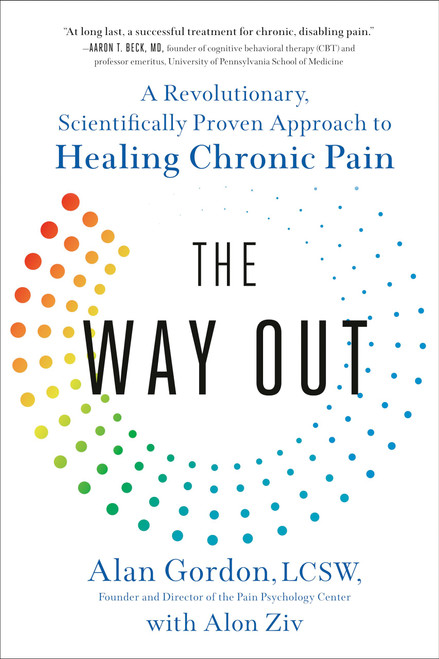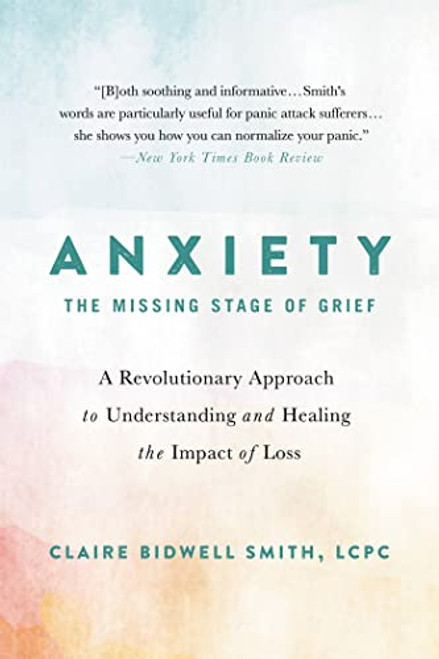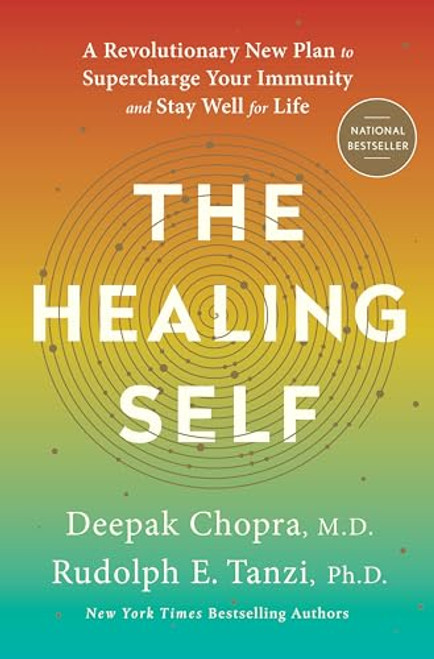Everyone is compulsive to some degree. People may worry too much, work too hard, or overindulge in food or alcohol or drug use. Once a compulsion is admitted, the usual option is to try to control the behavior. But this effort typically ends with the problem compulsion returning, or a new one taking its place.
In this book based on three decades of research, Mary OMalley has crafted a new approach to healing compulsion, with simple exercises and techniques and an inspiring tone. People are compulsive for a reason, she says, and by observing the things they are compulsive about, engaging those compulsions, readers can begin to understand them and change their actions around them. The books exercises help readers in the engagement process by teaching them to ask the right questions. The book shows readers why lasting healing comes from being curious rather than controlling, and self-acceptance comes through forgiveness, not shame.
In this book based on three decades of research, Mary OMalley has crafted a new approach to healing compulsion, with simple exercises and techniques and an inspiring tone. People are compulsive for a reason, she says, and by observing the things they are compulsive about, engaging those compulsions, readers can begin to understand them and change their actions around them. The books exercises help readers in the engagement process by teaching them to ask the right questions. The book shows readers why lasting healing comes from being curious rather than controlling, and self-acceptance comes through forgiveness, not shame.










